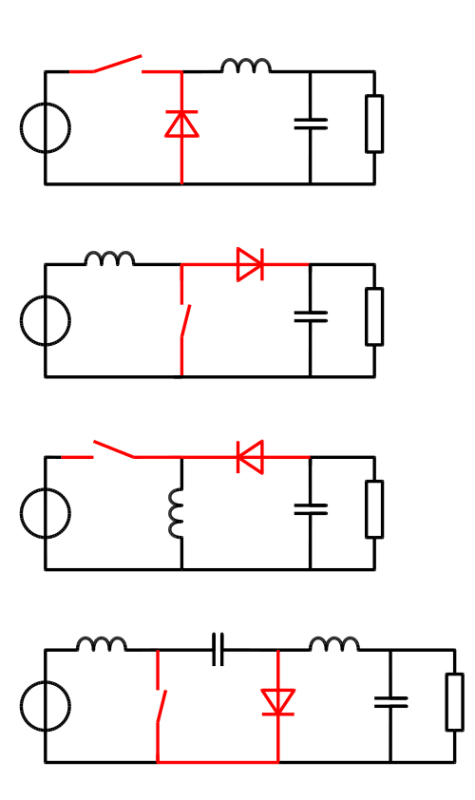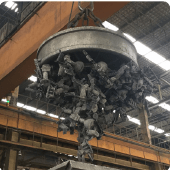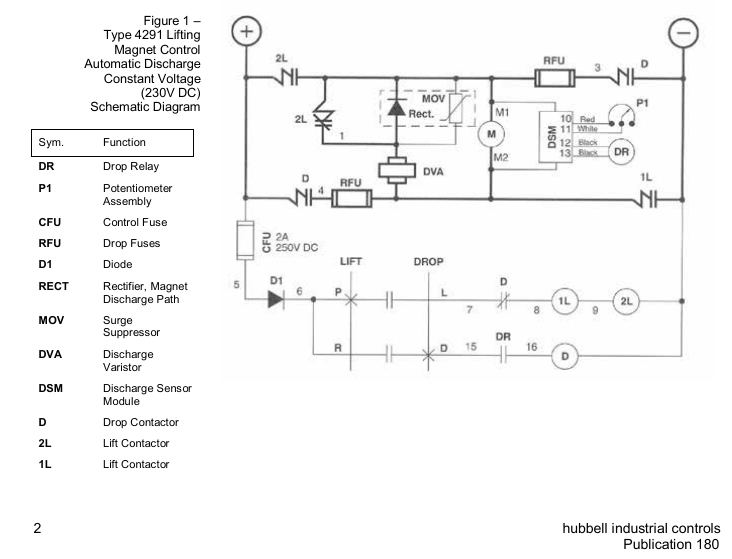Robert Clark
Aerospace
Usually this question is asked in regards to just disconnecting the battery, like in the attached image. In that case the answer is just milliseconds. But in the analogous scenario for a capacitor, it could hold the charge for significant time because the charge would be held on the parallel plates as static electricity.
But it seemed to me there should be an analogous scenario for an inductor where the magnetic field persists. But for the inductor you need the current to continue to flow to maintain the magnetic field. So what about the scenario where the battery is disconnected by a switch but the switch then automatically closes an alternative pathway that allows current to flow, sans battery?
Bob Clark

But it seemed to me there should be an analogous scenario for an inductor where the magnetic field persists. But for the inductor you need the current to continue to flow to maintain the magnetic field. So what about the scenario where the battery is disconnected by a switch but the switch then automatically closes an alternative pathway that allows current to flow, sans battery?
Bob Clark




